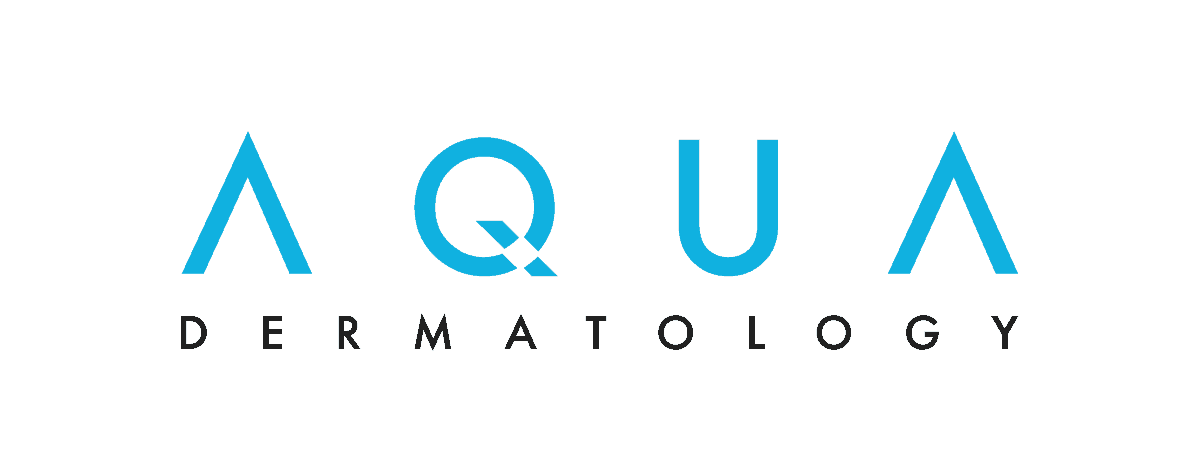Chemical Peels
Call (877) 900-3223
Chemical Peels
What Can a Chemical Peel Do?
How Are Chemical Peels Performed?
What Should I Expect After Treatment?
Are There Complications?
What Are the Limitations of Chemical Peels?
Chemical peeling is used to improve the skin's appearance by applying a chemical solution to the skin, causing the top layers of skin to separate and peel off. The new skin is smoother, less wrinkled, and may be more even in color and tone. A thorough evaluation by your Water’s Edge Dermatology practitioner will help determine what best meets your needs.
What Can a Chemical Peel Do?
- Reduce fine lines, especially under the eyes and around the mouth
- Treat mild scarring and certain types of acne
- Diminish skin discoloration, such as sun spots, age spots, liver spots, freckles, or blotchiness
- Refresh skin texture and color
How Are Chemical Peels Performed
Prior to treatment, you may be instructed to stop certain medications and prepare the skin with pre-conditioning creams, which you would apply at home for a specified period of time. A chemical peel is usually performed in a Water’s Edge Dermatology office and involves the following:
- Cleansing the skin with an agent that removes excess oils; eyes and hair are protected
- Applying the peel to the designated location (face, neck, chest, hands, arms, or legs), using one or more chemical solutions, such as glycolic acid, trichloroacetic acid, salicylic acid, lactic acid, or carbolic acid (phenol)
- Using the proper peeling agent (superficial, medium, or deep) based upon the type of skin damage present and your desired results
During a chemical peel, most patients experience a warm-to-hot sensation that may last about 5 to 10 minutes and may be followed by some stinging. A deeper peel can be more painful and require medication during or after the procedure. The deeper the peel, the longer the recovery time.
What Should I Expect After Treatment?
To minimize the reappearance of lesions and lines, dermatologists recommend daily use of a broad-spectrum sunscreen (one that blocks ultraviolet A and ultraviolet B rays).
Depending upon the type of peel applied, there may be a mild to severe sunburn-like sensation. The gentlest type of peel, a superficial peel, usually produces redness, which is followed by scaling that lasts three to five days.
Medium-depth and deep peels can result in swelling and blisters that may break, crust, turn brown, and peel off over a period of 7 to 14 days or longer. Some peels may require surgical tape to be placed on part or all of the treated skin.
Are There Complications?
People with certain skin types have a risk of developing a temporary or permanent skin color change. This risk may increase if you take birth control pills, have been pregnant, or have a family history of brownish discoloration on the face. Persistent redness also may occur after a chemical peel and can last for months.
Although very low, there is a risk of scarring after a chemical peel. If scarring does occur, it can usually be treated with good results. Proper precautions should be taken for patients with a history of fever blisters, cold sores, or keloids.
What Are the Limitations of Chemical Peels?
- Cannot tighten loose or sagging skin
- Does not remove deep scars
- Cannot change pore size or remove broken blood vessels on the face; however, the procedure may improve the appearance of these conditions
Your Water’s Edge dermatologist can perform other procedures to address these conditions.





